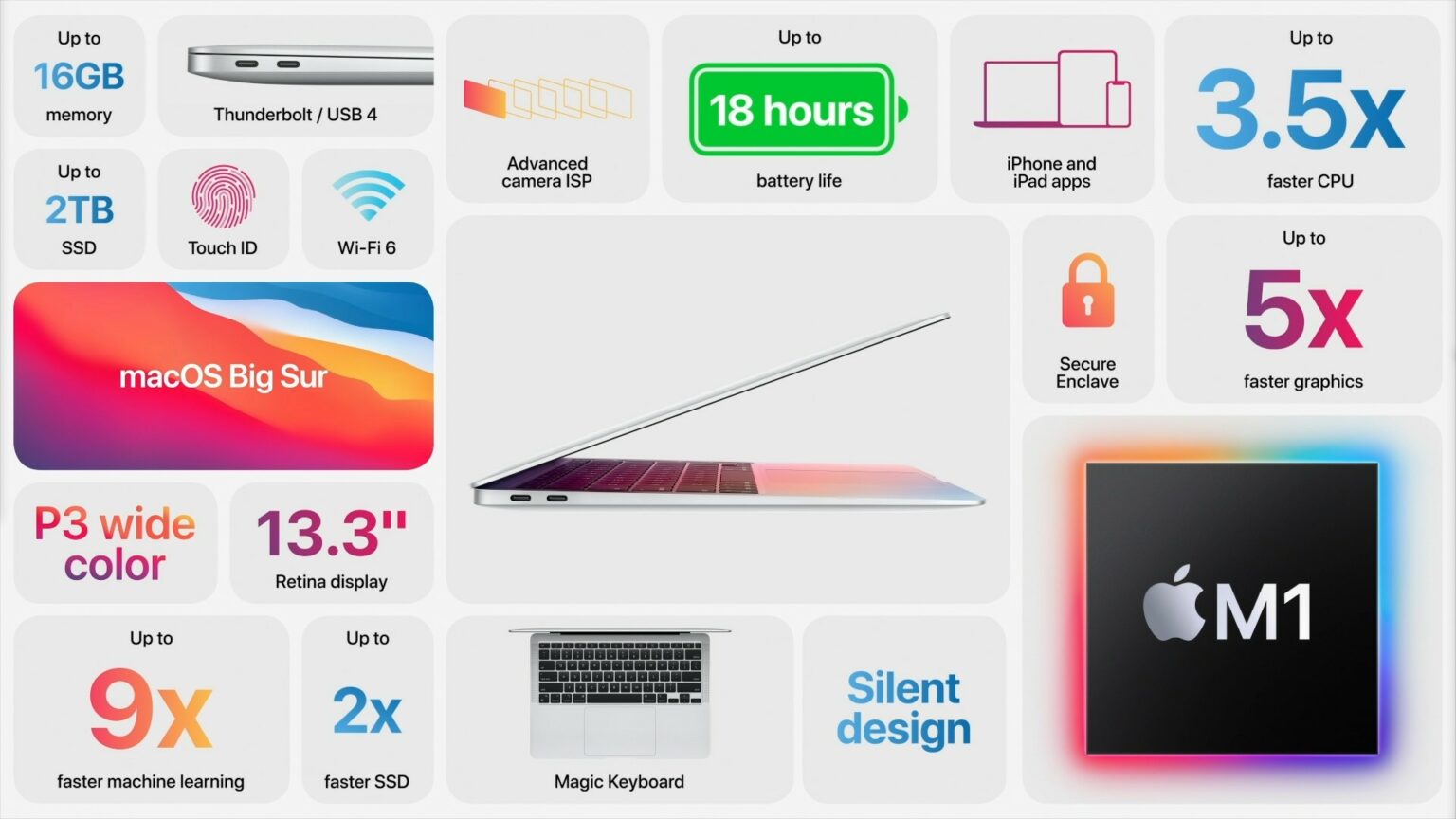
Once you have enabled virtualization in the BIOS, you will need to install virtualization software. Once you have enabled virtualization, you can save your changes and exit the BIOS. Here, you will need to find the “Virtualization” option and enable it. Once you have selected this option, you will be taken to the BIOS settings. This will bring up the Startup Manager, where you can select the “ EFI Boot” option. To do this, you will need to restart your Mac and press the Option key during startup. The next step is to enable virtualization in the BIOS. Once you have verified that your system meets the requirements, you can move on to the next step. Additionally, you will need to have the latest version of macOS installed. You will need to have at least 8GB of RAM and a minimum of 256GB of storage. Check System Requirementsīefore you can enable hardware virtualization on Mac M1, you need to make sure that your system meets the requirements. In this article, we will discuss how to enable hardware virtualization on Mac M1. This can be a great way to test out different software or to run multiple applications at the same time. It also has the capability to enable hardware virtualization, which allows users to run multiple operating systems on the same machine.


Apple's new M1 chip is a powerful processor that can handle a variety of tasks.


 0 kommentar(er)
0 kommentar(er)
